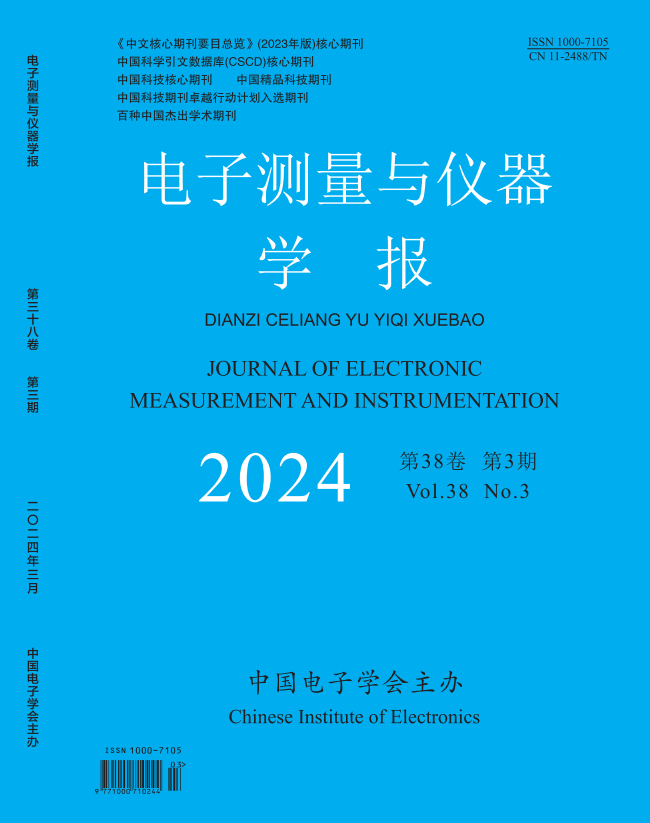2023, 37(8):30-39.
Abstract:In view of the problem that depth accuracy is affected by camera parameters when disparity is converted into depth in the
current disparity estimation network, and depth accuracy decreases sharply at long distance, a full range depth balanced stereo matching
network (FRDBNet) is proposed. Firstly, the depth cost volume is constructed to make the network learn the probability distribution of
the full distance depth, and the depth is directly generated by depth regression. Then, the training strategy of disparity and depth loss
fusion is used to make the network pay attention to the depth estimation of the long, middle and near three segments distance at the same
time. Finally, a disparity optimization module is designed based on the seven neighborhood features corresponding to the original
disparity right map to further improve the depth estimation accuracy of the network. Experiments on the DrivingStereo dataset of large
real-world driving scenarios show that for the full distance[1,100]m depth estimation, the depth accuracy of FRDBNet at[1,30]m short
distance,[30,60]m middle distance and[60,100]m long distance is 10. 38%, 15. 11% and 20. 35% higher than that of ACVNet with
superior performance of CVPR2022, respectively, achieving a good balance of depth accuracy.
